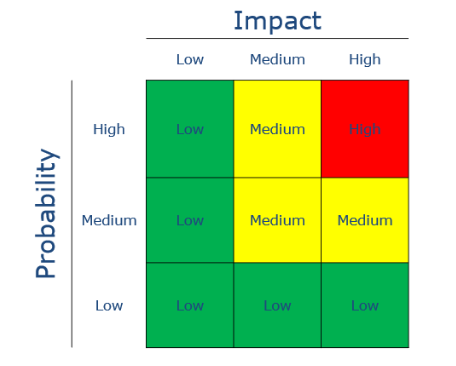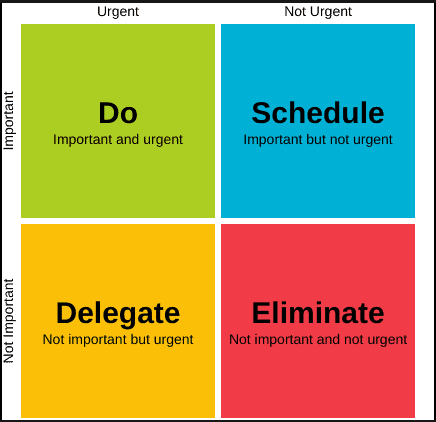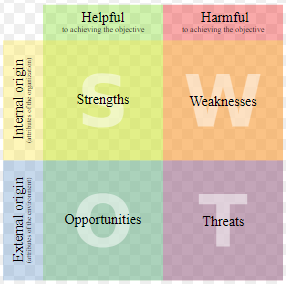When it comes to cost analysis, the below formula and examples would be very helpful.
Scenario: My budget is Rs 1000. Project schedule = 4 weeks of which 3 weeks are completed.
Earned Value:
This is the value of work that is already completed. Assume that 70% of the work only is completed.
Formula: EV = % Work done * Budget.
In the above eg: 70/100 * 1000 = Rs 700
This is a very critical value. How do I find how much of work is completed in various Software life cycle phases? Here is an example. Assume that we have 5 requirements, of which 2 are simple (estimated design time is 3 days each), 2 are medium (estimated design time is 5 days each) and 1 complex (estimated time is 10 days). Total estimated time to complete design work = 26 person days.
- Design Phase Earned Value Scenario 1: If 2 medium and 1 simple are completed, then 13/26 is completed (ie) 50% is completed.
- Design Phase EV Scenario 2: If 2 simple and 1 medium are fully completed and the complex is 'In Progress' and the other medium is yet to be started, then the amount of work completed can be calculated based on the below:
- Based on the break down of the complex requirements' design into UI design, backend architecture, API endpoints or db schema etc., and the work completed in each of these items, we can give an approximate work completed. Although it may not be accurate, this approach will help to give us an idea of work completion to a very good extent. So in this example, if we have UI design and db design each spanning 3 days and the backend requires 4 days, if UI alone is completed, we can say that 3/10 is completed. Therefore total work completed in this scenario = 3 + (3*2) + 5 = 14/26
Test case execution earned value is direct, as we would know the total number of test cases to be tested and the number already executed/tested.
On the other hand, for test cases write up work, based on the number of the test scenarios completed for each functionality we can give the work completed details.
_______________________________________________________________
Planned Value:
This is the value of work that we planned to complete by that time. Eg: We want to complete 75% of work by end of 3rd week in a project spanning 4 weeks.
Formula: PV = % Planned work completion * Budget
In our example: PV = 75 * 1000 = Rs 750
_______________________________________________________________
Schedule Variance:
Formula: EV - PV
In our example: 700 - 750 = -50 (Which means we are behind the schedule)
Schedule Performance Index (SPI):
Formula: EV / PV
In our example: 700/750 = 0.93 (A value < 1 implies that we are behind the schedule)
_______________________________________________________________
Actual Cost:
This gives the actual amount spent until that point of time. Eg in our case, what is the actual cost that is spent until 3rd week?
Formula: Effort per hours * Total number of hours.
Lets assume that in our example, for doing the 70% of the work the team had spent 30 hrs and each hr is charged at Rs 30.
Therefore Actual Cost in our case = 30 * 30 = Rs 900
_______________________________________________________________
Cost Variance:
Formula: EV - AC
The cost variance gives us an idea of how much we have spent to get a specific value for that expenditure. In our example, we have spent Rs 900, but we have got the product output of worth Rs 700 only.
Hence, CV = 700 - 900 = Rs -200. This shows that we are Rs 200 behind the budget.
_______________________________________________________________
Cost Performance Index:
Formula = EV/AC
In our example: CPI = 700/900 = ~ 0.8 (A value < 1, implies that we are over the budget!)
_______________________________________________________________
Estimation At Completion (EAC):
So far we have got an idea of how much value of product we have earned, the cost that we have paid and the planned value of product we should have earned. We also saw that in our example, we are over the budget, unfortunately. So if the project goes at this rate, what would the budget that would be required to bring it to completion? That is called EAC.
Formula: EAC = Budget / CPI
In our example: EAC = 1000/0.8 = Rs 1250.
Hence by end of the project we would need Rs 250 extra.
This gives an idea for the management to decide how much extra funding they need to arrange or assess how to reduce the overshoot etc. EAC becomes a very important metric to take decisions with respect to budget.
_______________________________________________________________
###############################################################












